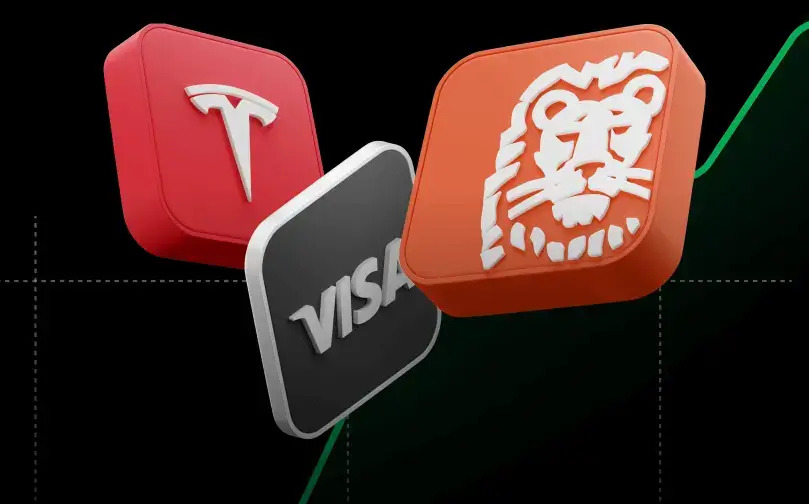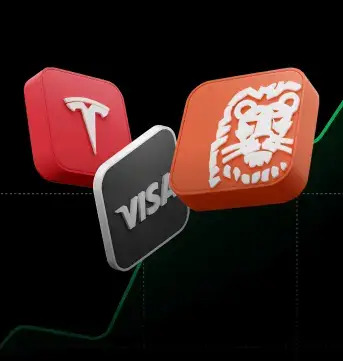What is Contango?
Contango is a market condition where the futures price is higher than the expected future spot price. This means that the price of a commodity for future delivery is more expensive than the current spot price. Contango is often seen in markets where there are storage costs, financing costs, and insurance costs associated with holding the commodity. These costs contribute to the upward slope of the futures curve, making future prices higher than the current spot price.
For example, if the current spot price of gold is $1,200 per ounce, but the price of gold for delivery in one year is $1,400 per ounce, the market is in contango. This situation happens due to the costs of storing and insuring the gold over the one-year period, which increase the price of the future delivery.
What is Backwardation?
Backwardation is the opposite of contango. It occurs when the futures price is lower than the expected future spot price. This means that the price of a commodity for future delivery is less expensive than the current spot price. Backwardation is often seen in markets where there are short-term events or supply chain disruptions that cause the spot price to rise above future prices.
For instance, if a severe drought hits a wheat-producing region, the spot price of wheat may spike due to the shortage. However, the prices for future deliveries may not rise as much or remain stable, resulting in backwardation. This situation is desirable for speculators holding long positions, as it indicates that futures prices are increasing.
Key Differences
The main distinction between contango and backwardation lies in the shape of the futures curve. Contango is characterised by an upward sloping curve, where future prices are higher than the current spot price. Backwardation, on the other hand, is marked by a downward sloping curve, where future prices are lower than the current spot price.
How can you tell if a futures market is in Contango or Backwardation?
By comparing the current futures price with the expected spot price at expiry. You can estimate the expected spot price based on factors like inflation, storage costs, and supply-demand forecasts. Alternatively, as we mentioned above you can analyse the shape of the futures curve. An upward slope indicates contango, while a downward slope suggests backwardation.
Causes and Effects:
What causes Contango?
Several factors can contribute to contango:
- Storage Costs: Holding onto a commodity for delivery involves storage, insurance, and financing costs. These costs are factored into the futures price, pushing it higher than the spot price.
- Supply and Demand: If the current supply of a commodity is plentiful and demand is expected to rise in the future, the futures price might increase in anticipation of tighter supply later.
- Interest Rates: Higher interest rates can make holding onto a commodity less attractive, leading investors to demand a premium for holding futures contracts.
What causes a Backwardation market?
Backwardation often occurs when:
- Supply is Tight: If there's a shortage of a commodity, investors might be willing to pay a premium to secure it for future delivery, pushing the futures price higher than the expected spot price.
- Strong Demand: High current demand for a commodity, with limited supply expected in the future, can lead to a situation where futures prices are higher than the expected spot price.
- Speculation: If investors anticipate a future price increase, they might buy futures contracts, driving the price up.
How do Contango/Backwardation markets impact investors?
Contango can erode returns for investors holding long positions in futures contracts due to storage and carrying costs. However, it can also present opportunities for arbitrage strategies. Backwardation can benefit investors holding long futures positions but might make it less attractive to hold short positions. Let’s go into it in more detail.
Contango:
- Reduced Returns: As we have mentioned due to storage costs, financing, and insurance, holding long positions in futures contracts during contango can eat away at returns. As expiration approaches, investors need to roll over their contracts (selling the expiring one and buying the next) incurring these carrying costs and potentially reducing their overall profit.
- Arbitrage Opportunities: For savvy investors, contango can present opportunities for arbitrage. This involves exploiting price inefficiencies between the futures market and the physical commodity market. One strategy might involve buying the physical commodity (taking advantage of a lower spot price) and selling a futures contract (locking in a higher selling price later). The investor then stores the commodity and pockets the difference minus storage costs.
Backwardation:
- Boosted Returns: Backwardation can benefit investors holding long positions in futures contracts. Because the futures price is higher than the expected spot price at expiry, investors can potentially lock in profits when they sell the contract or take delivery of the underlying asset.
- Less Attractive Short Positions: Backwardation can make holding short positions in futures contracts less attractive. Since the futures price is higher than the expected spot price, if the investor needs to buy back the contract to close their short position before expiry, they might have to do so at a higher price than they originally sold it for, leading to a loss.
You should also consider:
- Impact on Investment Strategies: The presence of contango or backwardation can influence investment decisions. For example, some commodity ETFs that track underlying assets through futures contracts might underperform in contango due to roll costs.
- Hedging Strategies: Contango and backwardation can also affect how companies hedge their exposure to price fluctuations. Companies that rely on commodities might use futures contracts to manage risk. In contango, hedging can become more expensive due to carrying costs.
Are there any advantages to Contango or Backwardation markets?
Profiting from Contango
Contango presents a challenge because the futures price is higher than the expected spot price at expiry. Here's how some investors profit:
- Storage Play: This strategy involves buying the physical commodity at a lower spot price and selling a futures contract to lock in a selling price at a premium later (when the futures contract expires). The investor then stores the commodity and captures the difference between the purchase price and the futures price, minus storage costs. This strategy works best when the cost of storage is relatively low compared to the contango premium.
- Calendar Spread: This is a more advanced strategy involving buying and selling futures contracts with different expiration dates. In contango, the investor would typically sell a near-dated futures contract (at a higher price) and simultaneously buy a later-dated futures contract (at a lower price). The profit comes from the difference in prices between the two contracts, ideally profiting from a steeper contango curve as the contracts approach expiry.
Profiting from Backwardation:
Backwardation offers a different opportunity because the futures price is lower than the expected spot price at expiry. Here are some ways to profit:
- Holding Long Futures: This is a simpler strategy where you buy a futures contract and hold it until expiry. If the underlying asset's price increases as anticipated, the futures price will converge towards the spot price, allowing you to profit when you sell the contract or take delivery of the asset.
- Selling Short Before Expiry: This is a more advanced strategy where you borrow the underlying asset and sell a futures contract, essentially betting that the price will fall. Before the contract expires, you would buy back the asset (at a hopefully lower price) to return to the lender and close your short position. The profit comes from the difference between the initial selling price of the futures contract and the price you repurchased the asset for.
Conclusion
Contango and backwardation are fundamental concepts in commodity futures markets that describe the relationship between the current spot price and future prices of underlying assets. Investors should note that both contango and backwardation strategies involve risks. Markets can be unpredictable, and prices might not move as expected. Also trading futures contracts requires a significant amount of knowledge, experience, and risk tolerance.
This content has been created by XTB S.A. This service is provided by XTB S.A., with its registered office in Warsaw, at Prosta 67, 00-838 Warsaw, Poland, entered in the register of entrepreneurs of the National Court Register (Krajowy Rejestr Sądowy) conducted by District Court for the Capital City of Warsaw, XII Commercial Division of the National Court Register under KRS number 0000217580, REGON number 015803782 and Tax Identification Number (NIP) 527-24-43-955, with the fully paid up share capital in the amount of PLN 5.869.181,75. XTB S.A. conducts brokerage activities on the basis of the license granted by Polish Securities and Exchange Commission on 8th November 2005 No. DDM-M-4021-57-1/2005 and is supervised by Polish Supervision Authority.


